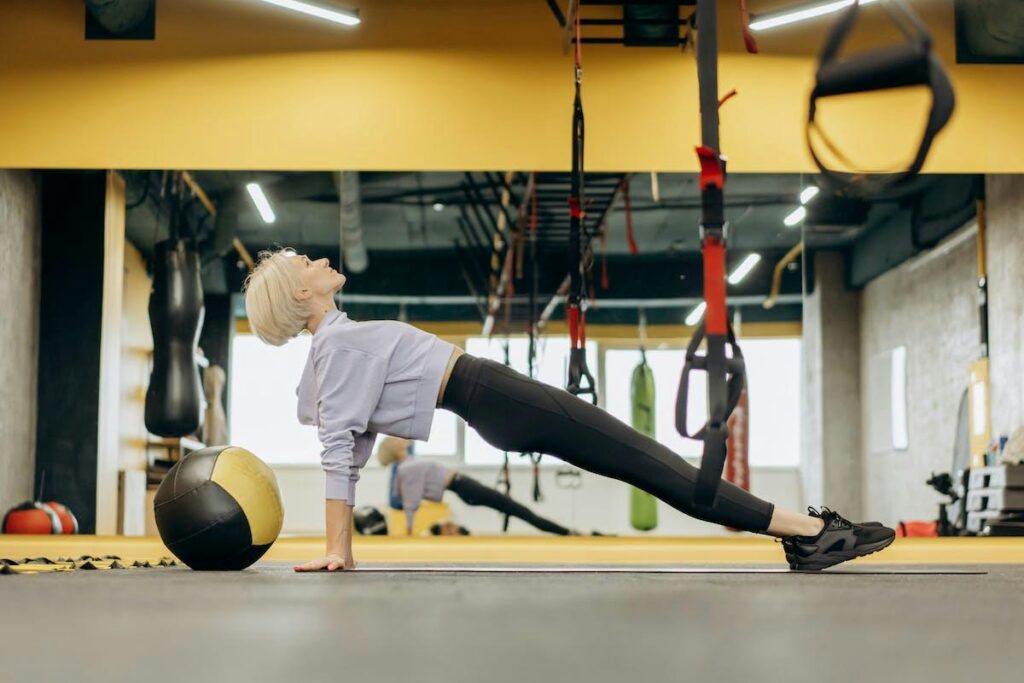
Introduction
Welcome to an empowering exploration presented by WildHawk Physical Therapy. In this comprehensive blog post, we embark on a journey aimed at rediscovering the pull-up—an exercise that symbolizes strength and resilience. Whether you’re aiming for your first pull-up or making a comeback after a hiatus, this guide will provide insights, strategies, and expert tips to ensure a safe and effective return to mastering the pull-up.
Understanding the Pull-Up: A Test of Upper Body Strength
The pull-up is a compound exercise that targets various muscle groups, primarily focusing on the muscles of the upper back, arms, and shoulders. While its simplicity may deceive, the pull-up demands a combination of strength, stability, and proper biomechanics.
Setting the Stage: Assessing Your Starting Point
- Evaluate Your Current Strength Level: The Starting Line
- Before diving into pull-up training, assess your current upper body strength. Can you comfortably perform exercises like inverted rows or lat pulldowns?
- Understanding your starting point helps tailor your training program to match your current capabilities, reducing the risk of injury.
- Identify Weaknesses and Imbalances: A Holistic Approach
- Identify any weaknesses or imbalances in your upper body musculature. Weaknesses in the back, shoulders, or core can affect your ability to perform pull-ups with proper form.
- Addressing these imbalances through targeted exercises sets the stage for a more successful pull-up journey.
The Roadmap to Pull-Up Success: A Progressive Approach
- Building Foundational Strength: Lat Pulldowns and Inverted Rows
- Begin with exercises that mimic the movement pattern of a pull-up but with less resistance. Lat pulldowns and inverted rows are excellent choices.
- Gradually increase the resistance and intensity as you gain strength, ensuring a solid foundation for pull-up progression.
- Assisted Pull-Ups: Harnessing the Power of Assistance
- Assisted pull-up machines, resistance bands, or a training partner can provide assistance during the pull-up motion.
- These tools reduce the load on your muscles, allowing you to perform the exercise with controlled assistance, gradually building strength.
- Negatives and Eccentric Training: A Strategic Descent
- Focus on the eccentric phase of the pull-up—lowering yourself down slowly. This controlled descent engages the muscles effectively and contributes to strength development.
- Performing sets of controlled negatives prepares your muscles for the concentric phase of the pull-up.
- Isometric Holds: Strengthening at Every Angle
- Incorporate isometric holds at various points during the pull-up motion. Hold yourself at the top, middle, and bottom positions to target different muscle groups.
- Isometric training enhances stability and strengthens the muscles at specific joint angles, crucial for pull-up mastery.
Form and Technique: The Pillars of a Safe Pull-Up

- Scapular Movement: Initiating the Pull-Up
- Focus on scapular retraction and depression at the start of the pull-up. This engages the muscles of the upper back and ensures proper activation before the arms come into play.
- Initiating the pull-up from a stable scapular position contributes to a more controlled and effective movement.
- Full Range of Motion: Embracing the Challenge
- Strive for a full range of motion in your pull-ups. This means starting with your arms fully extended and pulling yourself up until your chin clears the bar.
- Performing partial-range pull-ups may limit the benefits and increase the risk of imbalances.
Overcoming Challenges: Common Hurdles in Pull-Up Training
- Addressing Grip Strength: A Powerful Ally
- Grip strength is a common limiting factor in pull-ups. Supplement your training with grip-specific exercises like farmer’s carries, hanging from a bar, or using grip strengtheners.
- Strong grip muscles contribute to overall pull-up proficiency.
- Dealing with Shoulder Issues: An Emphasis on Mobility
- Shoulder mobility is crucial for a safe pull-up. Incorporate shoulder mobility exercises, such as shoulder dislocations and band pull-aparts, to enhance flexibility and reduce the risk of shoulder strain.
- If you have existing shoulder issues, consult with a physical therapist for personalized guidance.
Troubleshooting: Fine-Tuning Your Approach
- Stalled Progress: The Importance of Patience
- Progress in pull-ups takes time. If you hit a plateau, reassess your training program, and consider adjusting variables such as volume, intensity, or exercise selection.
- Patience is a virtue in pull-up training, and consistent effort yields results.
- Persistent Pain or Discomfort: Listen to Your Body
- Feeling persistent pain or discomfort, especially in the shoulders or elbows, warrants attention. It may indicate improper form, overtraining, or underlying issues.
- If pain persists, consult with a healthcare professional or physical therapist to address potential concerns.
Celebrating Milestones: Recognizing Your Achievements
- Gradual Repetition Increase: A Measure of Progress
- Gradually increase the number of pull-up repetitions in each session. Strive for quality over quantity, ensuring each pull-up is performed with proper form.
- Consistent improvement in repetition indicates progress in strength and endurance.
- Adding Resistance: Elevating the Challenge
- Once you can perform a significant number of bodyweight pull-ups with ease, consider adding resistance. This can be in the form of a weighted vest, a weight belt, or holding a dumbbell between your legs.
- Progressive resistance ensures continued strength gains and prevents training plateaus.
Conclusion
In conclusion, the journey to mastering the pull-up is a rewarding pursuit of strength, resilience, and personal achievement. By embracing a progressive and well-rounded training approach, addressing individual needs, and prioritizing form, you can navigate the challenges and build the foundation for pull-up proficiency. At WildHawk Physical Therapy located in Asheville, NC, we celebrate your commitment to pull-up success and stand ready to support you on this empowering journey.
Frequently Asked Questions:
Q: Can anyone learn to do a pull-up?
A: Yes, with the right training approach and progression, most individuals can learn to do a pull-up. Tailoring the program to individual strengths and addressing weaknesses is key.
Q: How often should I train for pull-ups?
A: Training frequency depends on individual fitness levels and recovery capacity. Starting with 2-3 sessions per week and gradually progressing is a reasonable approach. Listen to your body and adjust as needed.
Q: Are there alternatives to traditional pull-ups for building upper body strength?
A: Yes, alternative exercises like lat pulldowns, inverted rows, and assisted pull-ups can effectively build upper body strength and serve as stepping stones toward mastering traditional pull-ups.









